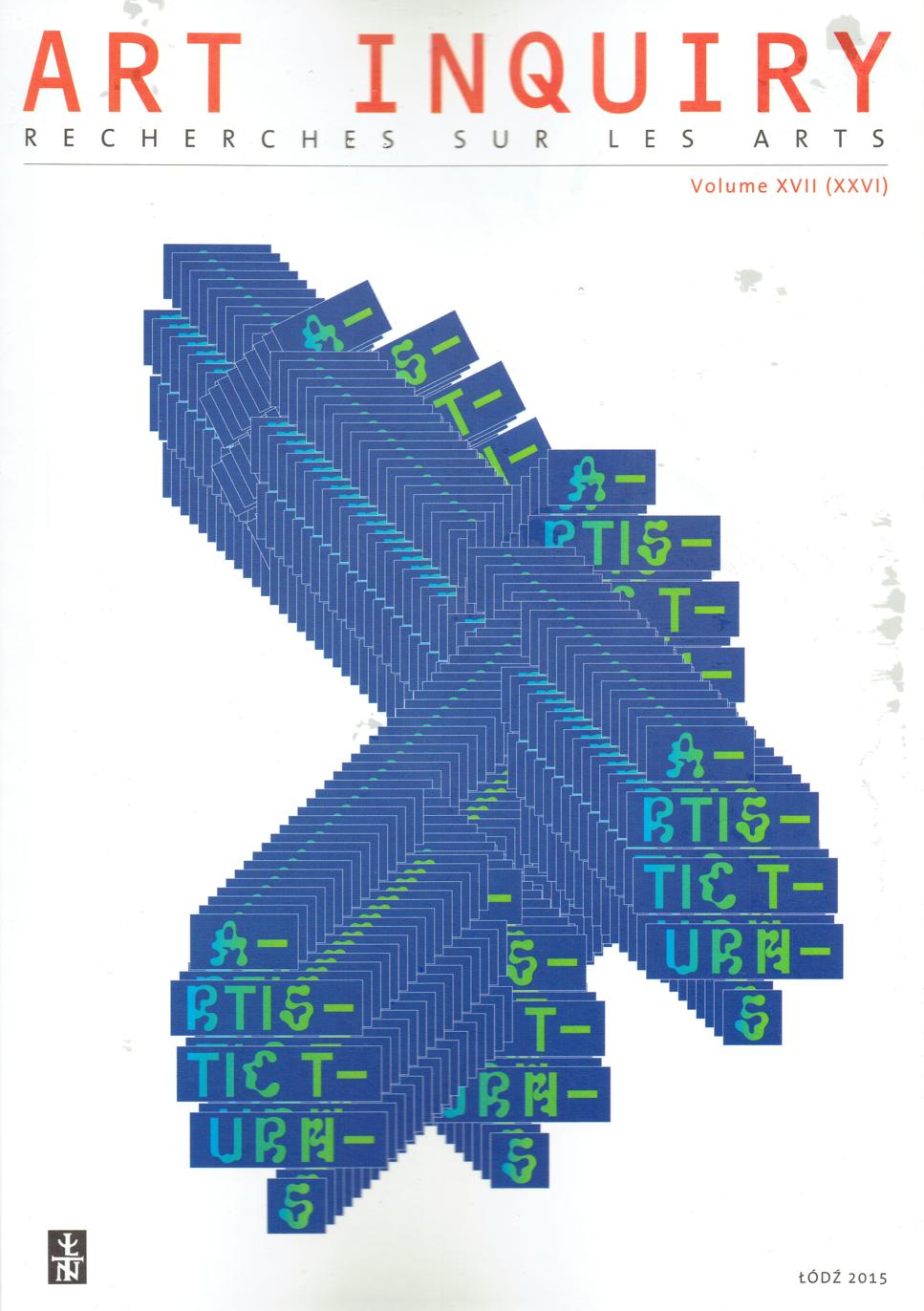From painted decoration to the screen. The turn in stage illusion in the late 20th and early 21st century
From painted decoration to the screen. The turn in stage illusion in the late 20th and early 21st century
Author(s): Dominika Łarionow, Magdalena RaszewskaSubject(s): Theatre, Dance, Performing Arts, Fine Arts / Performing Arts, Cultural history, Visual Arts
Published by: Łódzkie Towarzystwo Naukowe
Keywords: Disillusion; illusion; projection; screen; space in the theatre; stage design; theater; turn
Summary/Abstract: The painted decoration discovered in the Renaissance dominated the European stage for almost 300 years. In the second half of the nineteenth century, the so-called Great Reforms theater challenged this tradition, but it has survived in various guises until the present day. Today we perceive this form as anachronistic, as a quote from the past or an awkwardness of the set designer. Changing the perception of reality on the screen has also led to a change in the treatment of illusion and stage space. The screen has become not only an element of decoration, but it also shows or in extreme cases replaces reality. The impact of the new media on theatre today results not only from the introduction of technology, but also from the entrance into theater of artists from the world of the media. The new relationship leads in extreme situations to the denial of the basic definition of theater as an interaction between the creator and the recipient. The purpose of the paper is to show the interrelationships between the actor and the spectator, illusion and disillusionment. It seems that the described change will determine the direction of further development of theater. It remains an open question how the relationships between all of the participants in the interaction will be impacted by the use of screens and other electronic media. Describing and naming the attempts at qualitative change in the structure of the stage is important for the formation of new methodology for analyzing theatrical reality.
Journal: Art Inquiry
- Issue Year: 2015
- Issue No: 17
- Page Range: 291-307
- Page Count: 17
- Language: English

